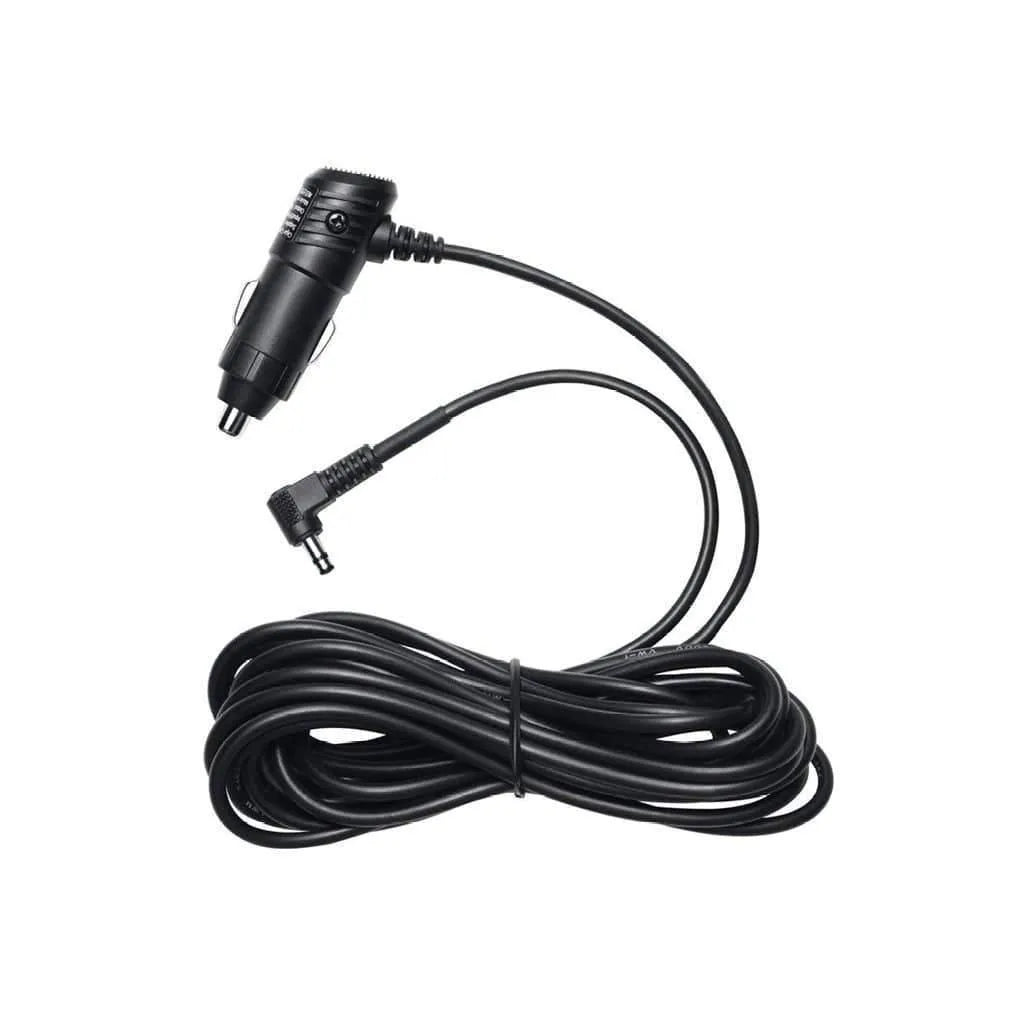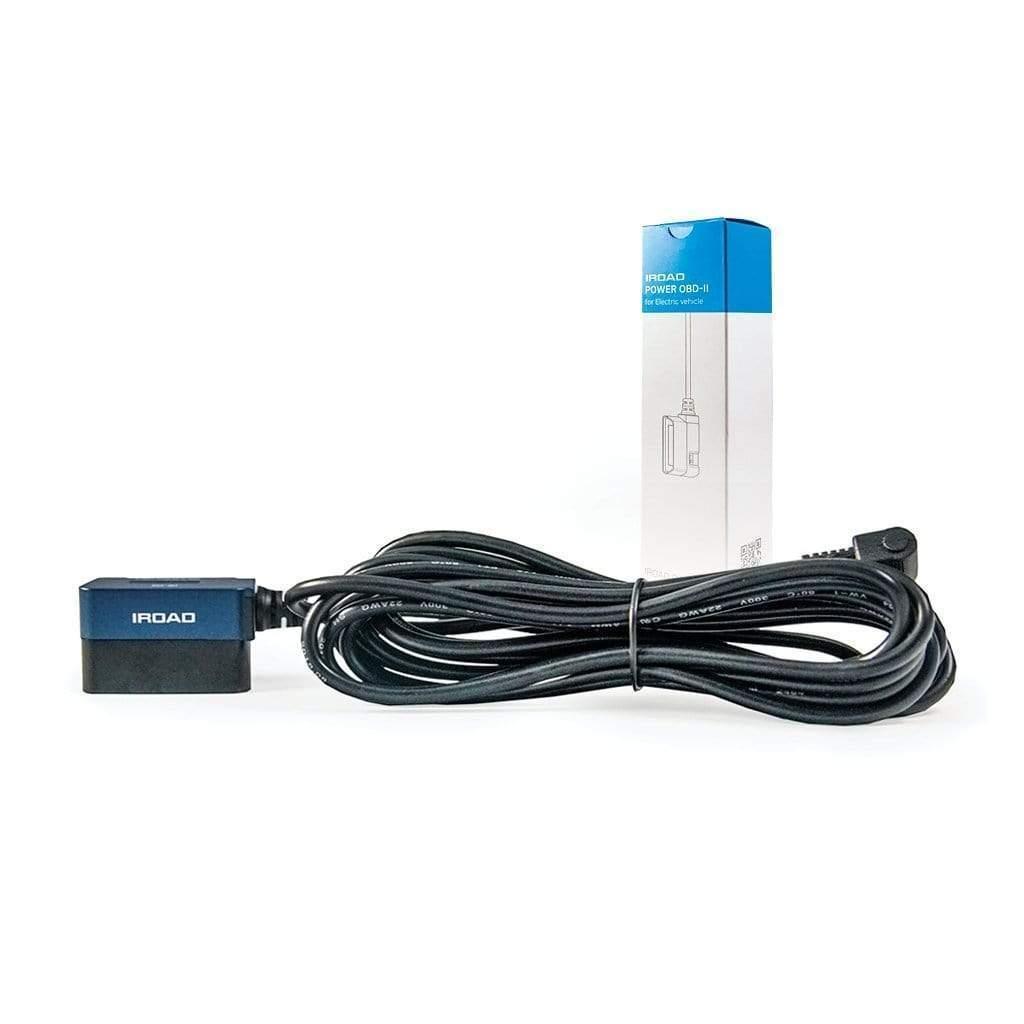Can I install a dash cam in my hybrid vehicle? We'll answer this.
Dash Cam Installation in a Hybrid Vehicle
Hybrid Vehicle Dash Cam Installation
These days, we’re happy to see that more drivers are starting to care about the environment by opting for hybrid and electric automobiles. In fact, the number of hybrid and electric vehicles booked for installation at our Richmond office has been growing as well. So it's encouraging to know that drivers are becoming more conscious of how they may help the environment, while also protecting their vehicles and passengers with the assistance of a trusty dash cam.
While we already answered the question “can I install a dash cam in my electric vehicle?” in our previous articles, we think that it’s also helpful to discuss dash cams and hybrid vehicles. Although both eco-friendly, hybrid and electric vehicles are not the same. And in this article, we will dive more into the things to consider when installing a dash cam specifically for your hybrid vehicles. Check out our EV dash cam insights and guidelines.
Understanding Hybrid
Before beginning the installation process, we need to understand the fundamentals of these eco-friendly vehicles that are built differently than traditional gas-engine cars. A hybrid vehicle combines an internal combustion engine (ICE) with an electric motor, and high-voltage battery. This high-voltage battery stores energy generated energy, with an integrated control system that seamlessly transitioning between electric and traditional gas systems.
This high voltage battery is normally people’s first thought for what to wire to for a dash cam, and other electronic accessories. Unfortunately, wiring to the high-voltage battery is not an option, for multiple reasons. First and foremost, it is a Safety Concern, as tapping into it requires Specialized Knowledge, as it deals with high currents that are generally live, capable of causing burns, electrocution or worse. It will also void your warranty, and is unlikely to be compatible.
What to Consider
In most cases, installing a dash cam in a hybrid car is comparable to installing one in a gasoline-powered vehicle. Many electrical components and systems are shared by hybrid and gasoline-powered vehicles, so the installation process should be familiar to anyone who has dealt with automobile electronics.
While the primary battery is the High-Voltage Battery discussed previously, additionally, there is a 12-volt Accessory Battery that powers various electrical components, including the car stereo and lights. This Accessory Battery is what we’re going to be wiring to for the dash cam. As this battery is normally smaller than an average car battery, that will frequently result in less parking mode than a gas vehicle. Still, it is fully functional for wiring to, and will control the majority of your standard accessories in your hybrid vehicle.
Your Options
Option 1: 12V Cigarette Lighter Socket
This is the easiest option on the list. Don’t want to activate your parking mode of the dash cam on your hybrid vehicle? You can use this plug-and-play solution via a 12V cigarette lighter socket and your dash cam will power up as soon as you turn on your engine, all set to record your drive.
It’s the simplest method of dash cam installation, but again, just works if you want to record your drives. The moment you turn your vehicle off, you also lose your dash cam’s power. So if you try to leave your hybrid vehicle parked or unattended and something bad happens to it, you won’t be able to see what really happened during the incident. So, for capturing drives of your hybrid vehicle, a 12V is a convenient and easy solution. But for maximum security? Not quite.
Option 2: Dedicated Battery Pack
But don’t worry, as you still have other options. If you wish to activate the parking mode of your dash cam in your hybrid vehicle, you can also try a dedicated dash cam battery pack. A battery pack is recommended for Hybrid vehicles, mainly due to the small size of the accessory battery, resulting in shorter parking modes. A dedicated battery pack will fully bypass this, and ensure your vehicle stays protected through the night.
An external dash cam battery pack such as the BlackboxMyCar PowerCell 8 or BlackVue B130-X Ultra Magic Battery Pack acts as a power source for the dash cam and is an alternative solution to using a car's battery. This accessory would be wired to an ignition-switched/ACC fuse that activates when your vehicle is “ON”, or to a similarly switched 12V socket in the cabin. Alternatively, you can definitely opt to connect a Battery Pack via cigarette lighter adapter, with the only downside compared to hardwiring being the charging speed.
Option 3: Hardwire Installation
Hardwiring is the tried and true standard method of installation for dash cams. Thankfully, this is still an option for hybrid vehicles. As mentioned, the hardwire installation for gas-powered vehicles and hybrids is generally the same since they have fuse boxes. The entire fusebox, for most hybrid vehicles, should connect and run off of the accessory battery, not the high-voltage battery. With this method, you can enjoy 24/7 parking mode monitoring and a clean installation.
Modern hardwire kits have built-in voltage monitoring, Through built-in voltage monitoring, the dash cam constantly monitors the voltage level of the accessory battery. If the voltage drops too low, the dash cam will automatically turn itself off to prevent complete drainage of the vehicle's battery. You can also set a timer so the dash cam turns off after a specific duration.
Option 4: OBD-II Power Cable
If you don't want to hardwire your dash cam through a battery pack, then an OBD cable installation may be right for you.
For dash cams, an OBD cable provides a simpler and more convenient method for parking-mode recording over the traditional fuse box hardwiring method. So, instead of attaching 3 wires to the vehicle’s fuse box, an OBD cable only needs to connect to the vehicle’s OBD port. Once this is done, your dash cam will be able to receive parking-mode recording (depending on the dash cam in use) just as if you were to hardwire it to the fusebox.
Not only is OBD port found in all vehicles manufactured past the late ‘90s, it is also a plug-and-play fit and is physically located more conveniently than the vehicle’s fuse box. OBD cables aren’t available for all dash cam brands though, if you are installing a Thinkware dash cam to your electric vehicle, we recommend the IROAD OBD-II Power Cable, which features both a gas/hybrid and full electric OBD cable variant, built for each vehicle type. Powering the dash cam via OBD cable ensures that power is drawn from the accessory battery.
IROAD OBD-II Power Cable
If you are unsure about the installation process or the complexities of the hybrid system, you can also consider having the dash cam installed by a specialist who is familiar with hybrid vehicles. This can help to avoid problems and ensure a proper and safe installation. Check out our dash cam installation gallery, featuring plenty of hybrid vehicle installations.




